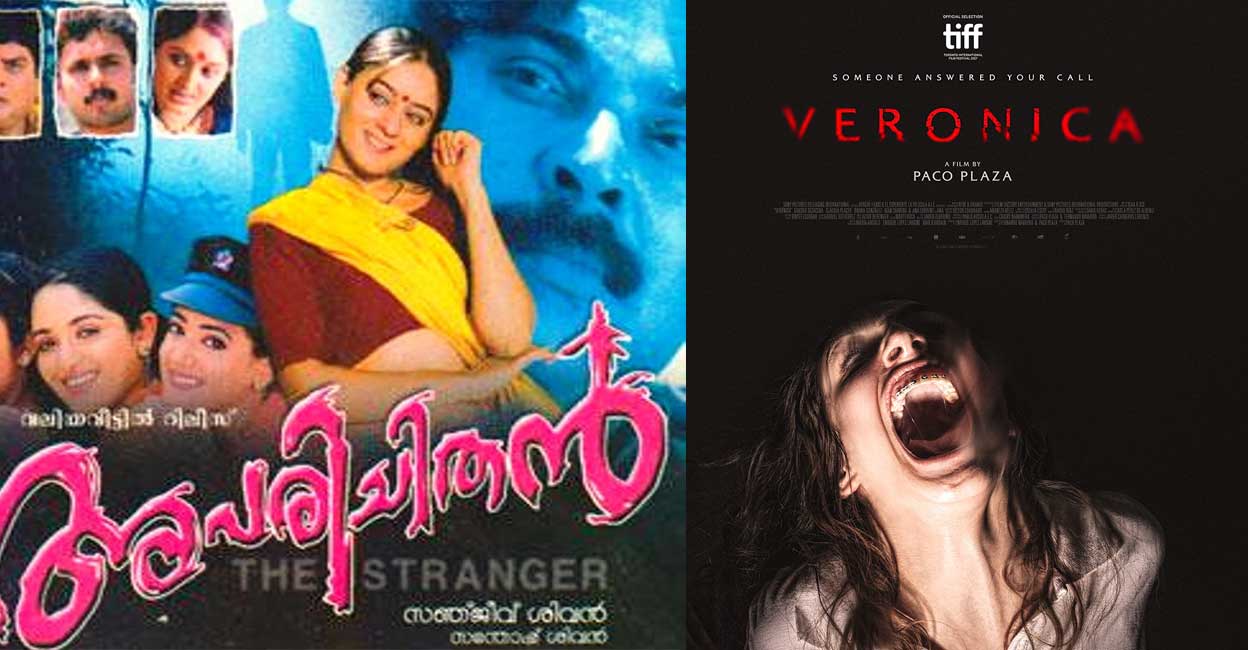In the mid-2010s, horror movies with Ouija boards were popular. These movies initially gained traction because people believed they were based on true events. One such film that received a lot of attention was the Spanish film ‘Veronica’. Based on true events that took place in Madrid in 1991, the film revolves around a teenage girl named Veronica who, along with her friends, uses a Ouija board during a solar eclipse and accidentally invites a malevolent spirit.
From the beginning, the audience is made aware of Veronica and her family’s financial struggles, with her father having passed away and Veronica taking on the responsibility of caring for her younger siblings while their mother works double shifts to make ends meet. beyond. As viewers, we can’t help but feel a sense of protection towards the family, hoping nothing else happens to them, and that’s exactly what director Paco Plaza capitalizes on.
The film creates a tense and unsettling atmosphere from the start, using effective cinematography, lighting and sound design to create a sense of dread and foreboding. One of Veronica’s greatest points is the pervasive sense of dread that pervades the theme of horror. The film’s use of a muted, desaturated color palette creates a sense of darkness and unease, which effectively heightens the element of dread. The muted tones reflect the darkness in Veronica’s life. The director has deliberately avoided using bright colors to enhance the sadness. The use of color also serves to heighten the emotional impact of certain scenes. For example, in the scene where Veronica undergoes a traumatic experience, the color gradation changes to create a green hue, which heightens the sense of unease.
Plaza’s decision to shoot the film in a single location, a narrow and dark apartment, added to the claustrophobic atmosphere, which in turn heightened the sense of dread. The cramped spaces created an unsettling feeling, making it seem like there was no escape from the supernatural presence haunting Veronica. The cinematography, along with the use of practical effects and minimal CGI, added to the authenticity of the horror elements, creating a sense of realism that made the film even scarier.
When discussing Ouija movies on a global scale, it is important to note Mollywood’s contribution to the Ouija movie universe. ‘Aparichithan’ was the first Malayalam film based on a Ouija board and can be considered ahead of its time. During the film’s release, Malaysian audiences were terrified of Ouija boards and the release was even delayed. Although there is no direct comparison between Veronica and Aparichithan, as the two films deal with different themes, both draw inspiration from the horror stories of their respective cultures. Both Aparichithan and Veronica are based on familiar horror tropes, using traditional elements like revenge, ghosts and old rituals. While Aparichithan uses the premise of the Ouija board to tell a ghost tale, Veronica stages the haunting in a ritualistic format that resembles a concert with a demonic entity. Despite these differences, both films use the supernatural in a way that creates suspense and terror, leaving the audience both scared and enthralled.
While there are many movies that have been shot on Ouija boards, these two movies stand out because of the distinctive techniques used. Ouija boards have proven to make a great case for horror, but their effectiveness depends on how they are used in films. Both films have successfully created an eerie and creepy atmosphere, keeping the audience on the edge of their seats. Using Ouija boards in horror films requires a careful balance of horror and suspense, and both Veronica and Aparichithan have achieved that balance masterfully.

“Falls down a lot. Unapologetic alcohol guru. Travel specialist. Amateur beer trailblazer. Award-winning tv advocate. Hipster-friendly twitter aficionado”

